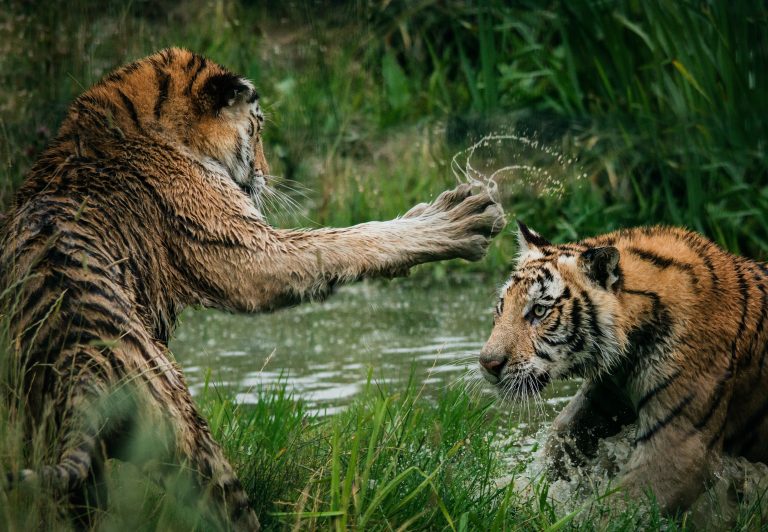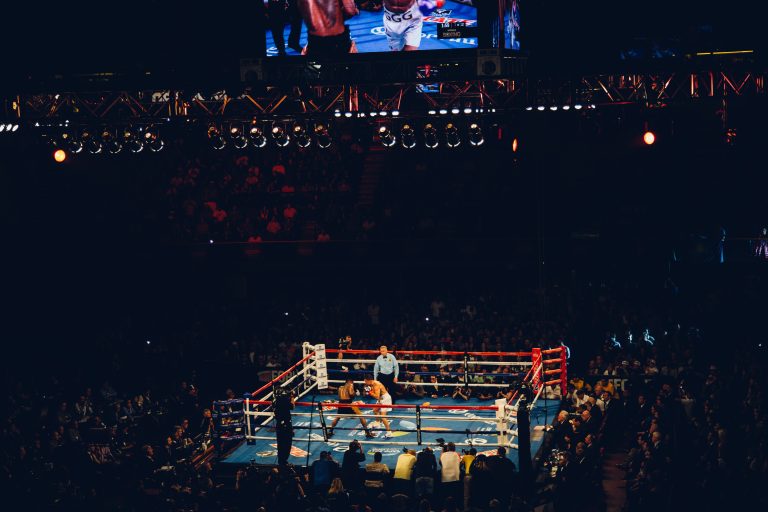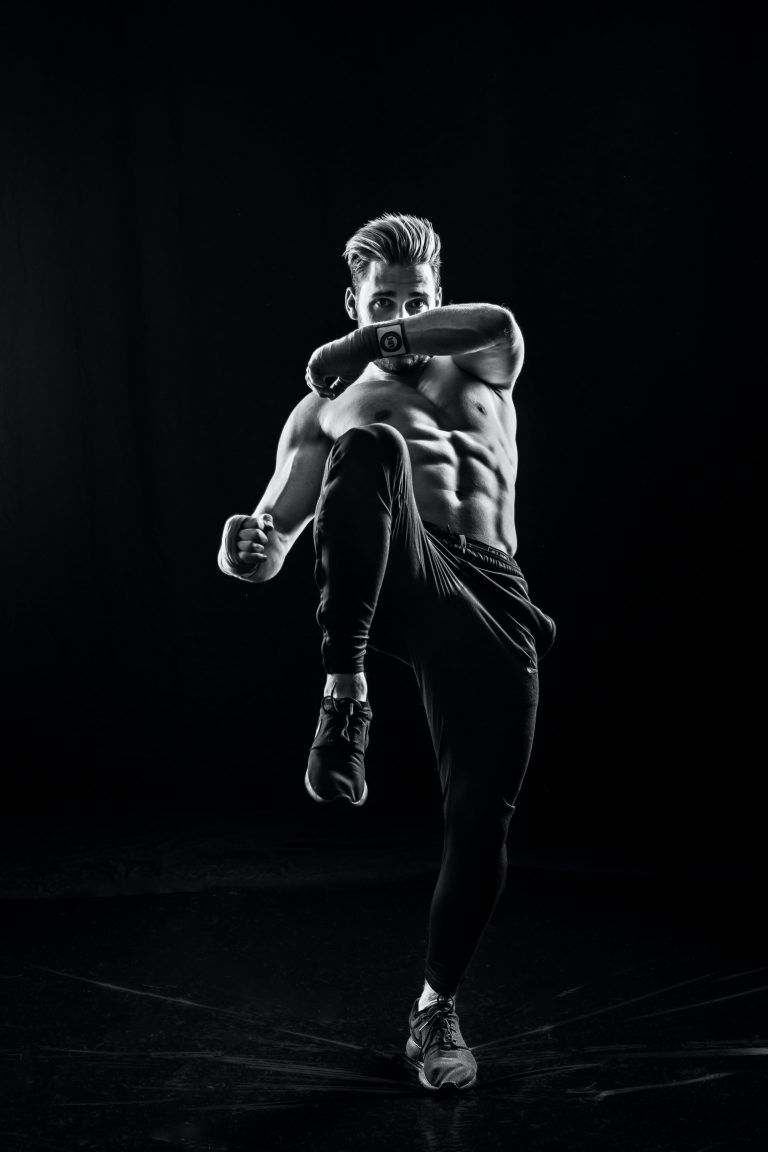Introduction
Karate is a martial art that has been around for centuries, dating back to 500 AD in the Ryukyu Kingdom of what is now modern-day Okinawa, Japan. It has been globally recognized in the last few decades, appearing in the 2020 Tokyo Olympics for the first time ever. But what many people don’t know about karate is that it isn’t just a physical activity – there’s much more to it than punching and kicking.
In this blog post, we’ll take a deep dive into one of karate’s core concepts: kata.1 From the origins of kata to its function, from the different parts of a kata to the psychological reasons behind its practice, this post provides an essential overview of what kata is and why it’s important to karate practitioners. We’ll also explain how and why you can use kata to improve your karate performance.
What Is Kata?
Kata is a term used in karate to refer to a specific sequence of movements. Each kata consists of several components, including stances, hand techniques, foot techniques, and movement patterns.2 Most katas were developed in Okinawa as part of the martial art known as te but were later adapted for karate when it was imported from China to Japan.3
Kata is not just for show – it plays an essential role in the practice of karate. It teaches a student how to move from one stance to another without sacrificing techniques or speed, and it also helps reinforce mental focus and discipline.4
Why Is Kata Important?
The practice of kata is not just about physical movements – it has both physical and mental benefits. Here are some of the psychological benefits of practicing kata:5
- Kata teaches students how to perform complex movements with accuracy and speed
- It develops discipline and focus
- It promotes better coordination and balance
- It improves body control
- It develops confidence
- It helps with relaxation and meditation
- It encourages the respect for tradition and culture
Physical benefits of practicing kata include better physical condition, improved muscular strength and architecture,6 increased cardiovascular endurance, and improved agility.7 Both mental and physical benefits contribute to better overall performance in karate.8
Parts of a Kata
Kata are composed of different parts that help make up one complete form. Generally, most katas will include some combination of the following parts:9
- Beginners’ repetitions: These are the warm-up exercises that help prepare the body for more advanced techniques.
- Preparation steps: These are the stances and movements that lead into the techniques.
- Techniques: These are the techniques that form the core of the kata.
- Combinations: These are the combinations that link different techniques together.
- Finishing steps: These are the steps that complete the form.
While there are many differences among different styles of karate with regards to kata execution – such as differences in posture, speed, timing, interpretation, and emphasis on certain techniques – all of them share these five parts as common elements.10
How To Improve Your Performance With Kata
Practicing kata can help you improve your performance in tournament fights or other competitive settings because it teaches you to move efficiently while delivering powerful techniques.11 To get the most out of your kata practice, here are some tips:12
- Focus on getting each movement finished smoothly: Rather than pushing yourself to do more repetitions, work on getting each movement finished as perfectly as possible.
- Visualize yourself doing each move in your mind: By visualizing yourself performing each technique correctly and effectively, you can further reinforce what you are actually doing when you practice.
- Focus on precision and accuracy: Pay attention to small details such as hand positioning and technique – don’t skimp on correct execution.
- Visualize your opponent: By imagining yourself performing against an opponent while performing each move, you can get a better understanding of how each technique would be used in a real fight.
Conclusion
Kata is an essential component of the practice of karate that helps students improve their performance by teaching them how to move through complex movements with accuracy, discipline, focus, and precision. The practice of kata also has mental benefits such as increased confidence and relaxation. Most importantly, practicing kata can help prepare you for tournaments or other settings where you will need to deliver powerful techniques at great speed. By following these tips, you can improve your performance through regular practice of the various parts of a kata.
What Is Kata?
Introduction
Kata is a Japanese word that means „shape“ or „form“. In martial arts, Kata refers to a detailed choreographed pattern of movements that are performed in a specific order. These movements can be practiced alone or with a partner and are used to develop both physical and mental skills.
In this blog post, we will answer the most frequently asked questions about Kata.
What is the Purpose of Kata?
Kata serves many purposes in martial arts. One of the main purposes is to develop muscle memory, which is essential for mastering techniques. By performing the same movements repeatedly, the body becomes familiar with the motions and can execute them more efficiently.
Another purpose of Kata is to develop mental focus and concentration. When performing a Kata, practitioners must focus on their movements and their breathing, which can help them develop a meditative state of mind.
Kata also helps develop a sense of rhythm and timing, as the movements must be performed at a consistent pace and with precision.
Which Martial Arts Use Kata?
Kata is most commonly associated with traditional Japanese martial arts, such as Karate, Judo, and Aikido. However, other martial arts also use Kata, such as Kung Fu, Taekwondo, and Capoeira.
Can Kata Be Modified?
While Kata has a specific set of movements that must be performed in a certain order, it can be modified to fit the individual practitioner’s needs. For example, a practitioner’s height, weight, and physical capabilities may dictate slight variations in the movements. Additionally, some martial arts schools may have their own versions of Kata, with slight variations from the traditional forms.
What Are the Different Levels of Kata?
Kata is typically divided into different levels, with each level becoming progressively more complex. In Karate, for example, there are three levels of Kata: beginner, intermediate, and advanced.
Beginner Kata usually consists of basic techniques and movements, while intermediate Kata includes more complex techniques and combinations. Advanced Kata may involve more advanced techniques, as well as more intricate choreography.
How Is Kata Judged in Competitions?
In Kata competitions, practitioners are judged on their technical performance, as well as their overall presentation. Judges look for proper technique execution, smooth transitions between movements, and overall fluidity and grace.
Practitioners are also judged on their physical appearance, including their posture, facial expressions, and overall presentation.
Conclusion
Kata is an essential training tool in martial arts. It helps develop muscle memory, mental focus, and concentration, as well as rhythm and timing. While Kata has a specific set of movements that must be performed in a certain order, it can be modified to fit the individual practitioner’s needs. Whether you are a beginner or an advanced practitioner, Kata can help you improve your skills and achieve your goals in martial arts.
Inhaltsverzeichnis






